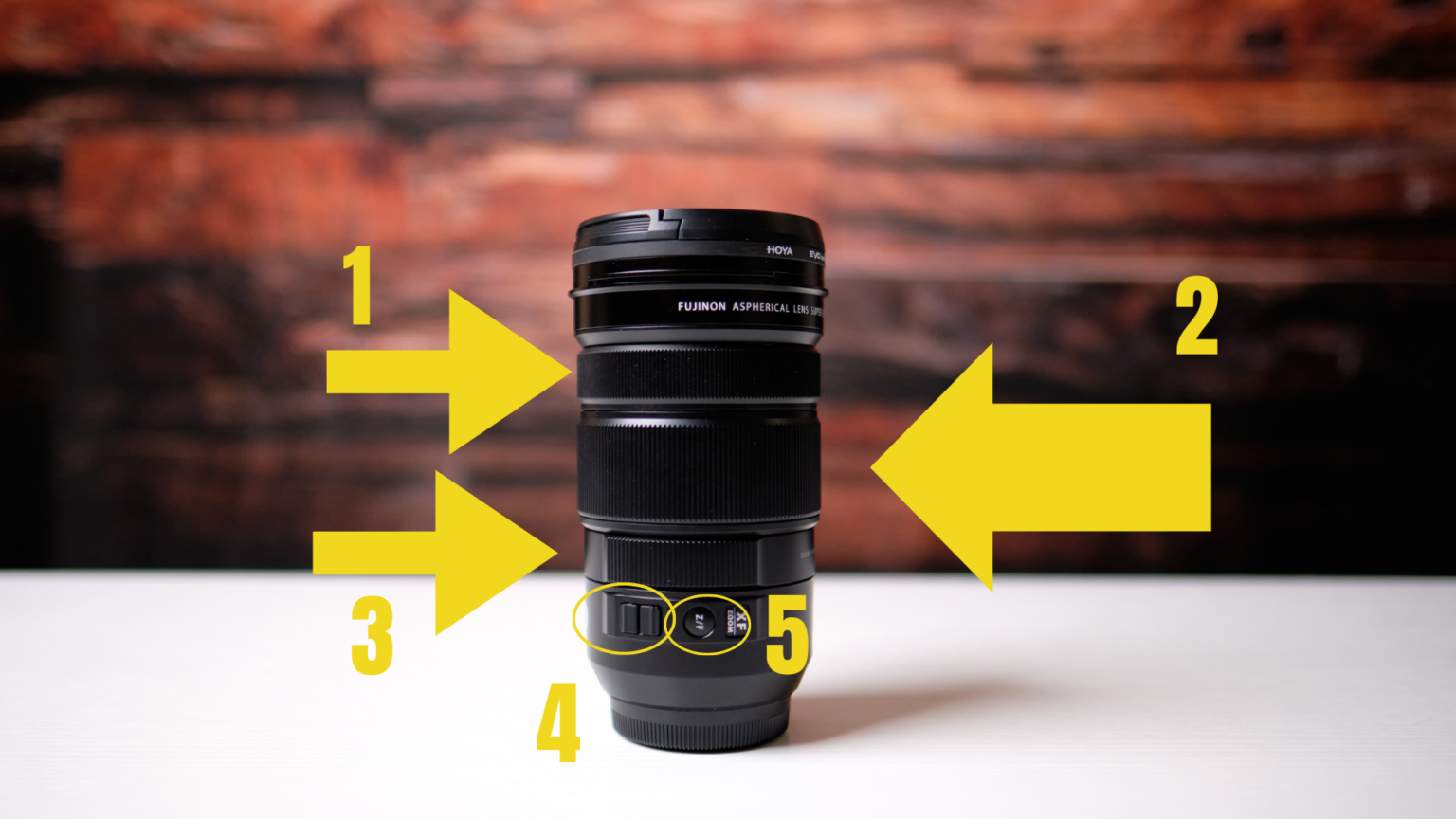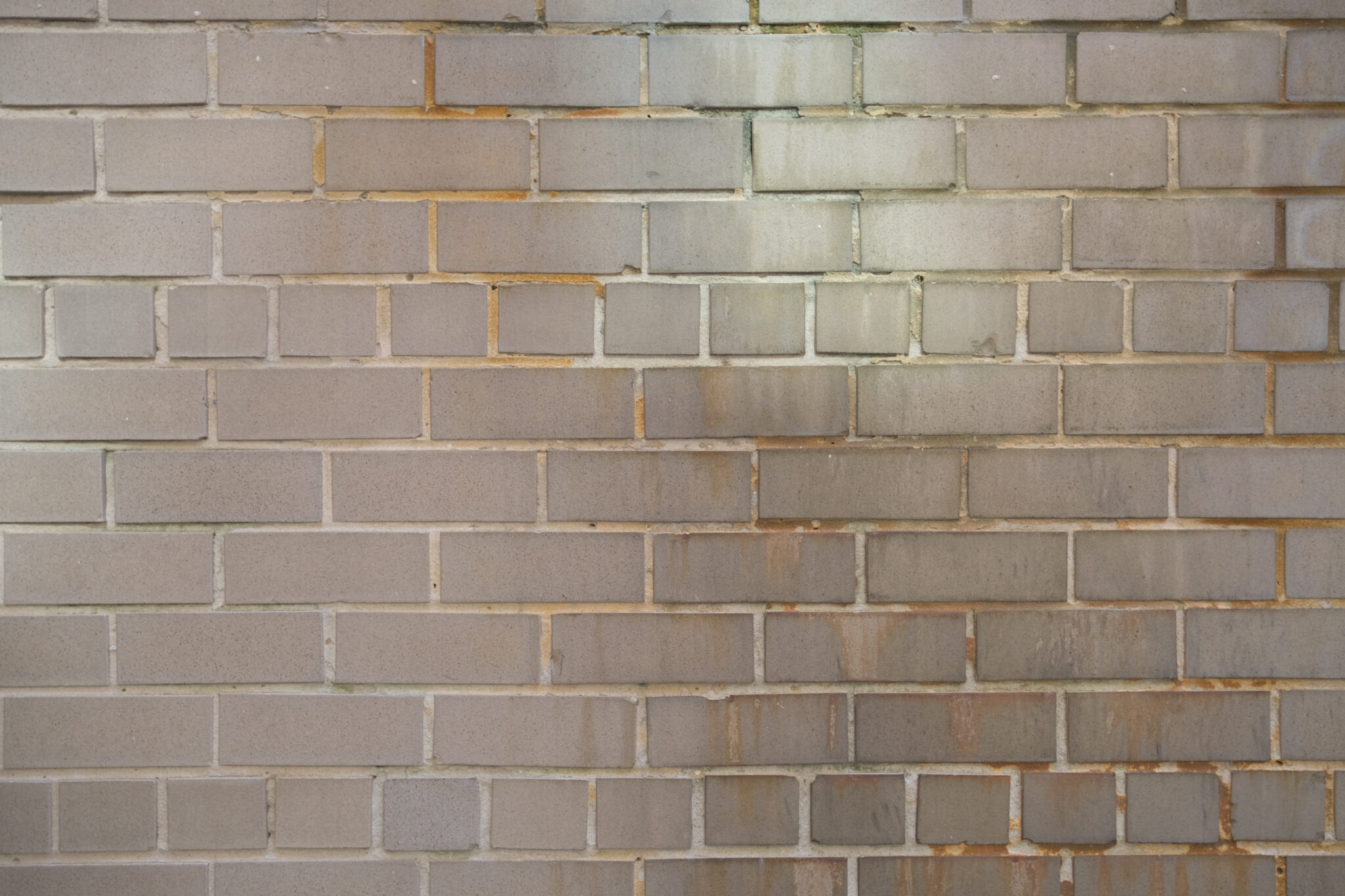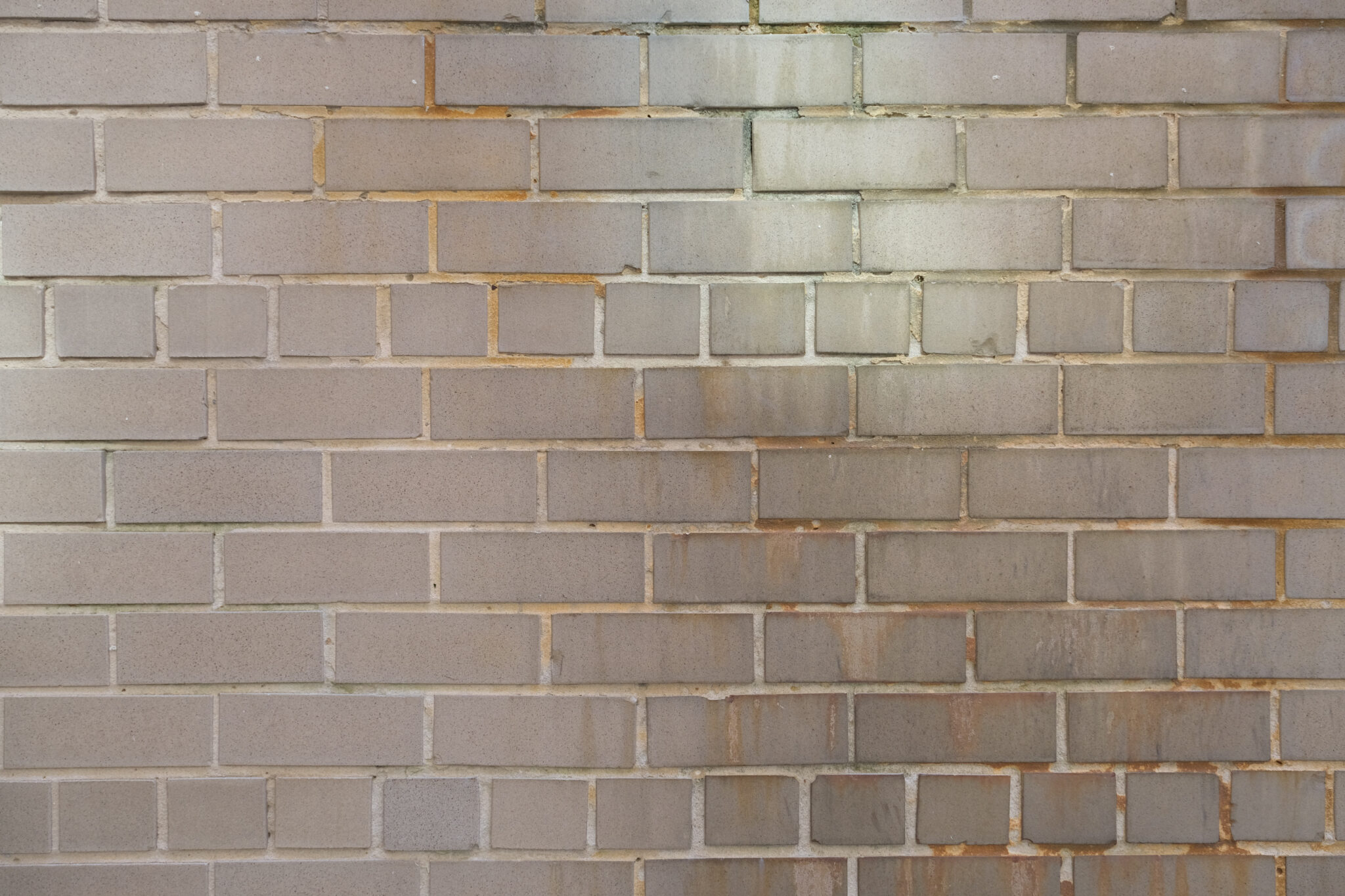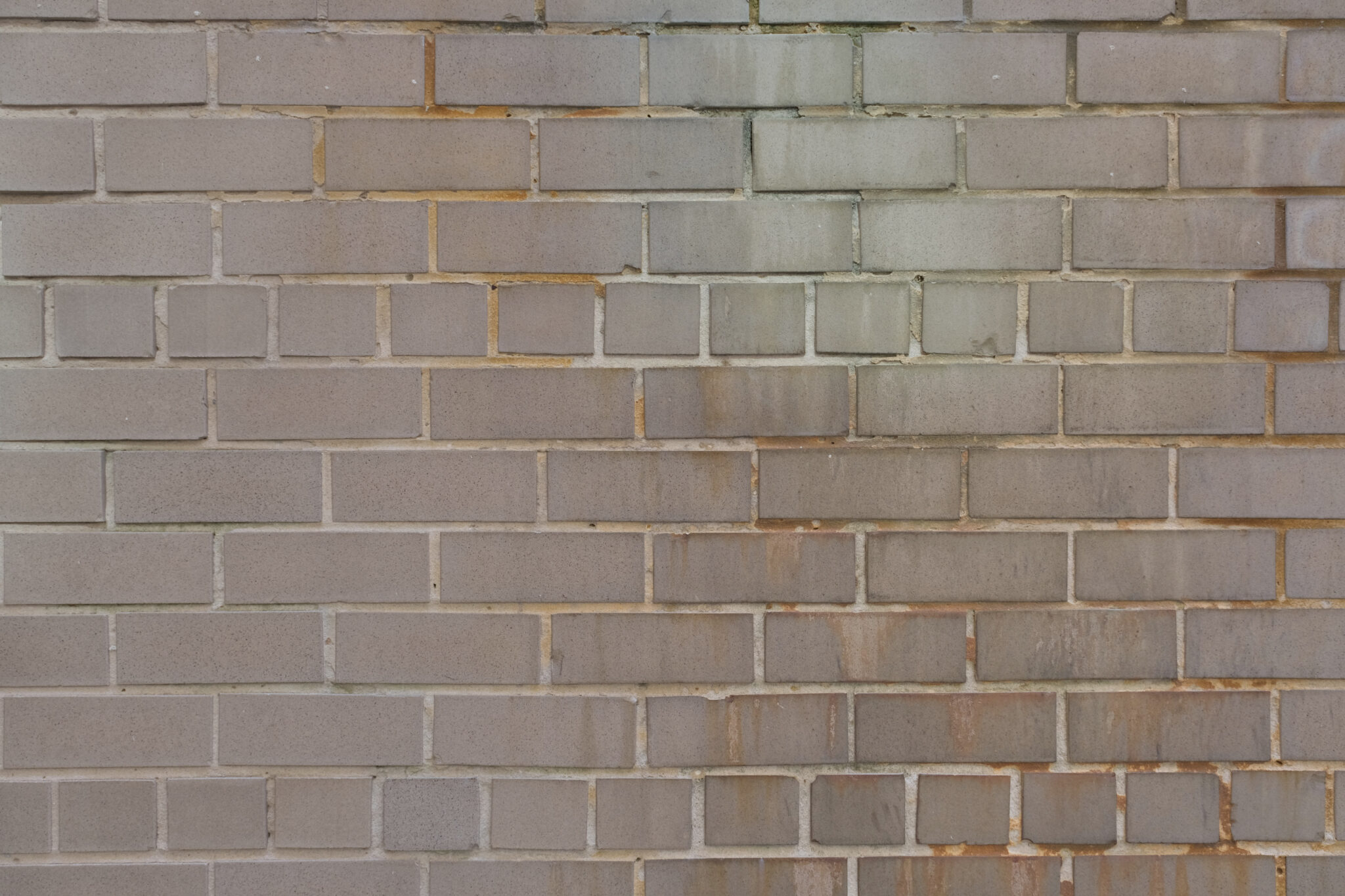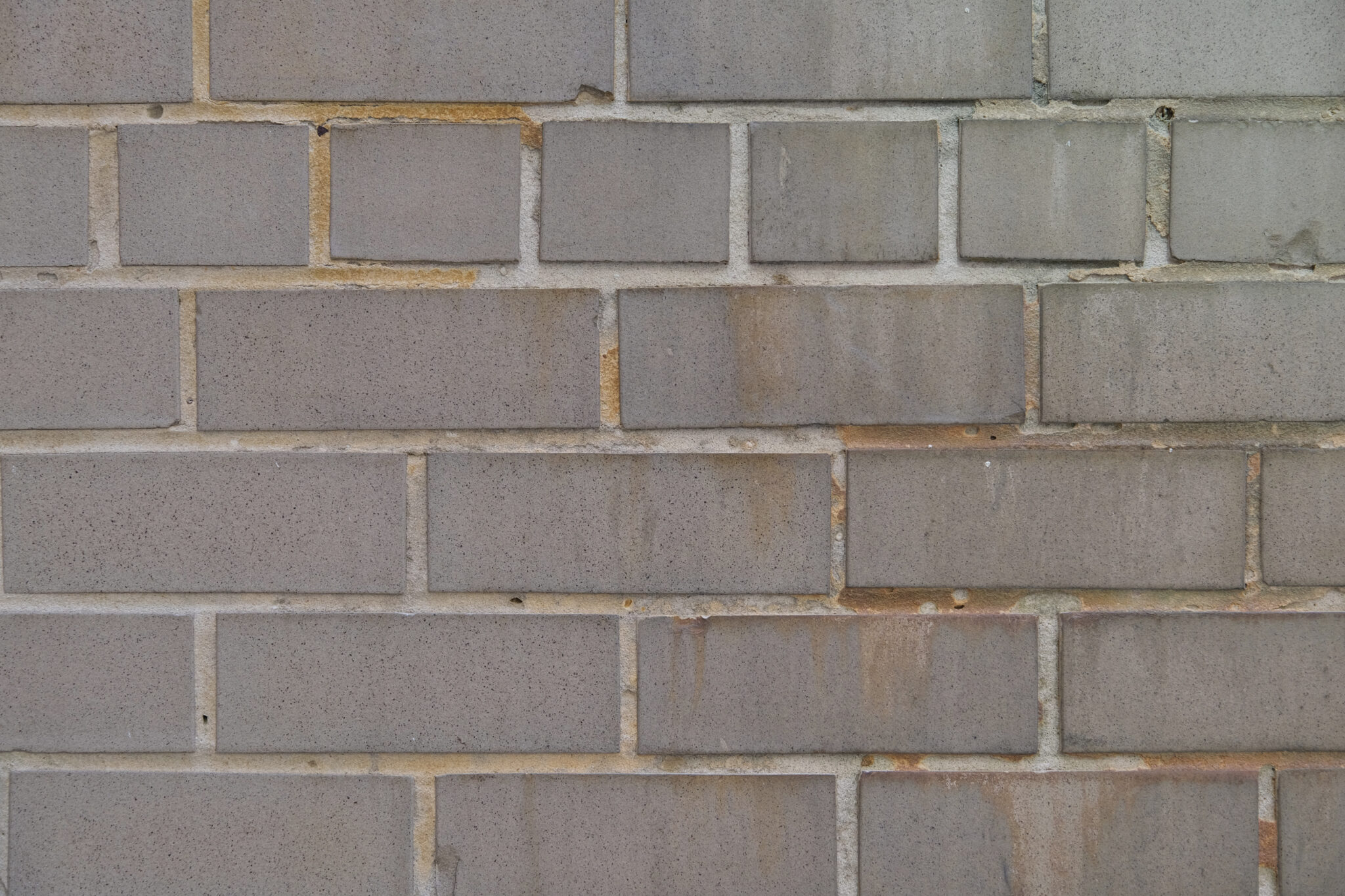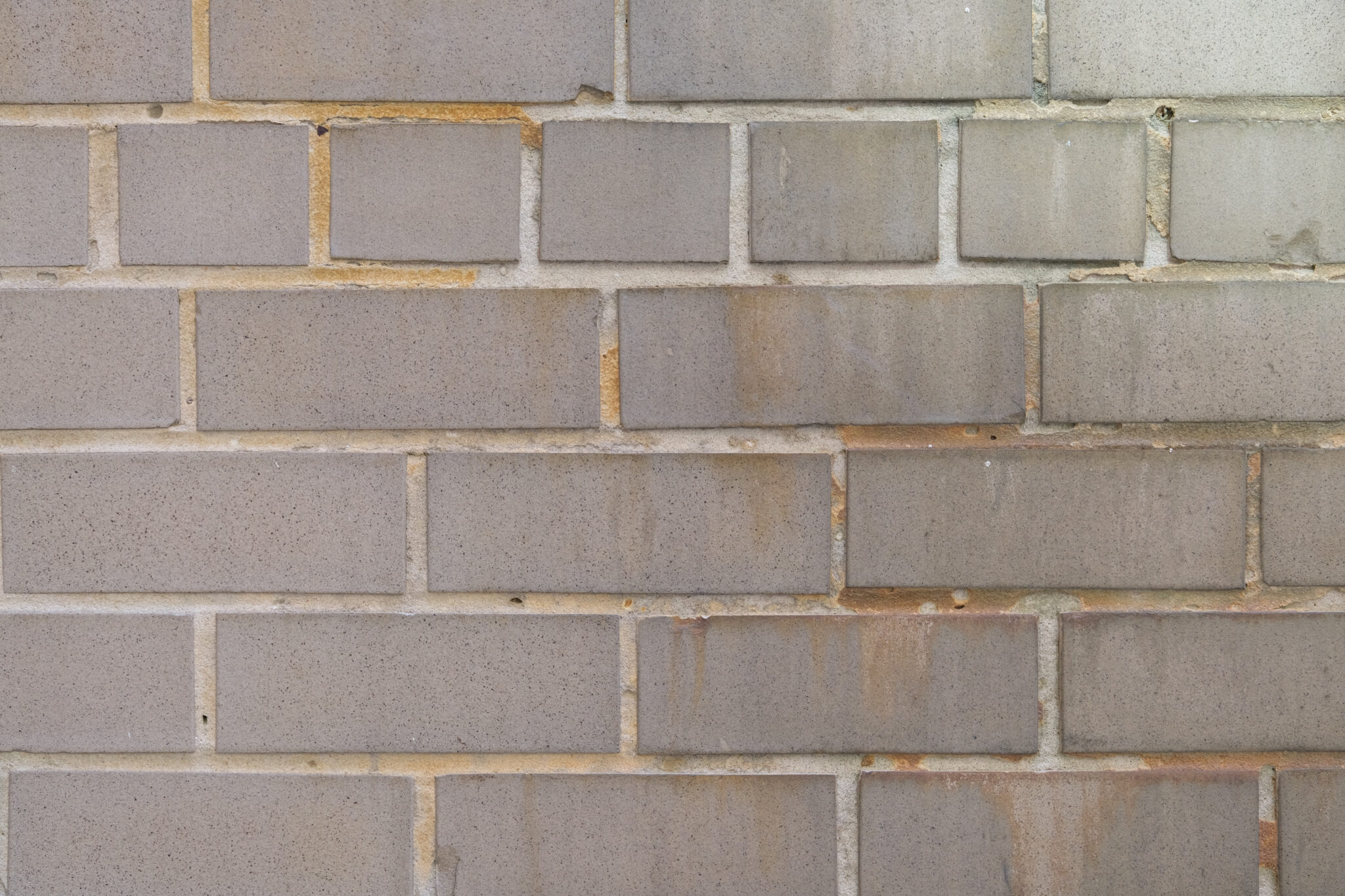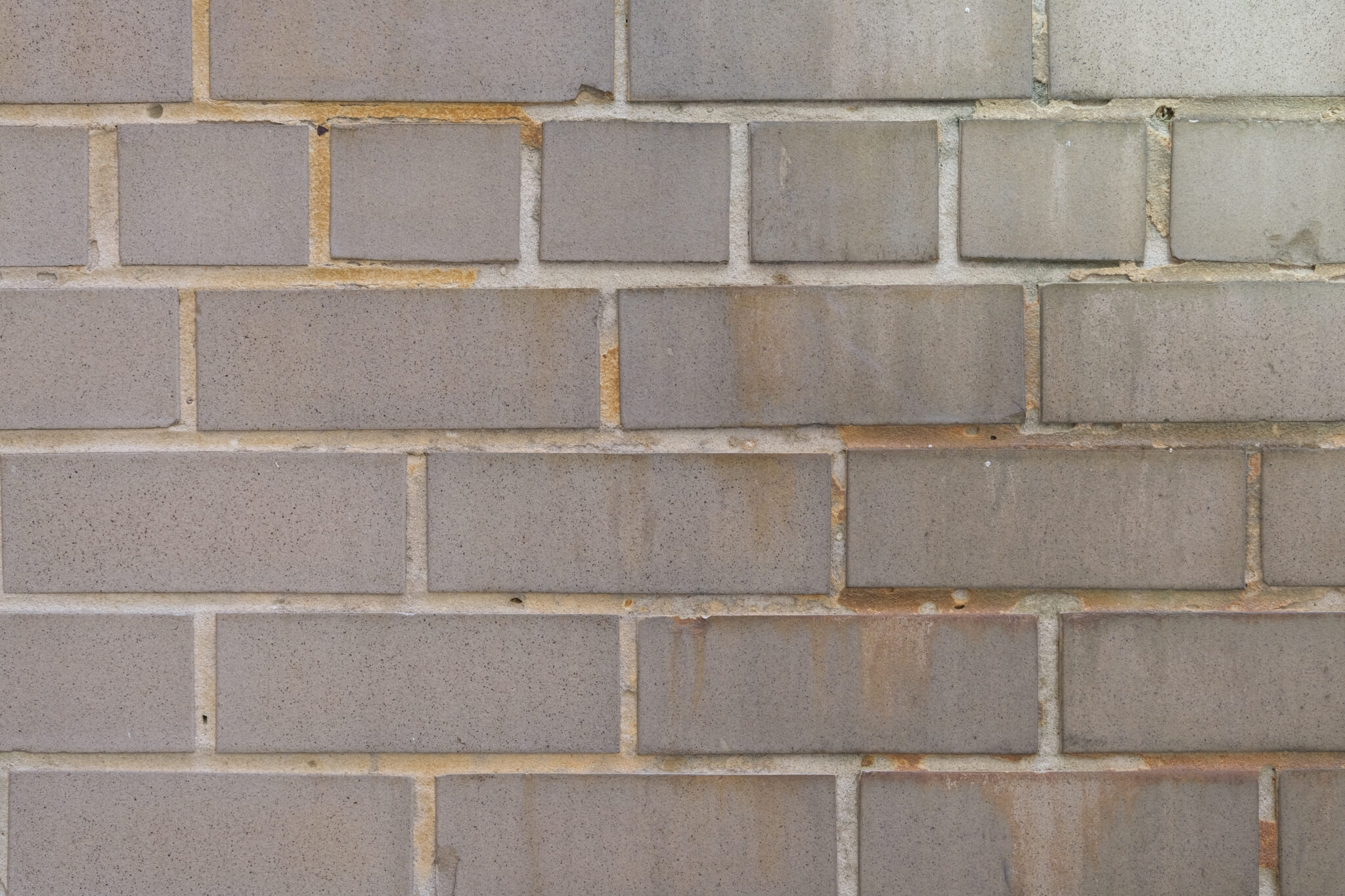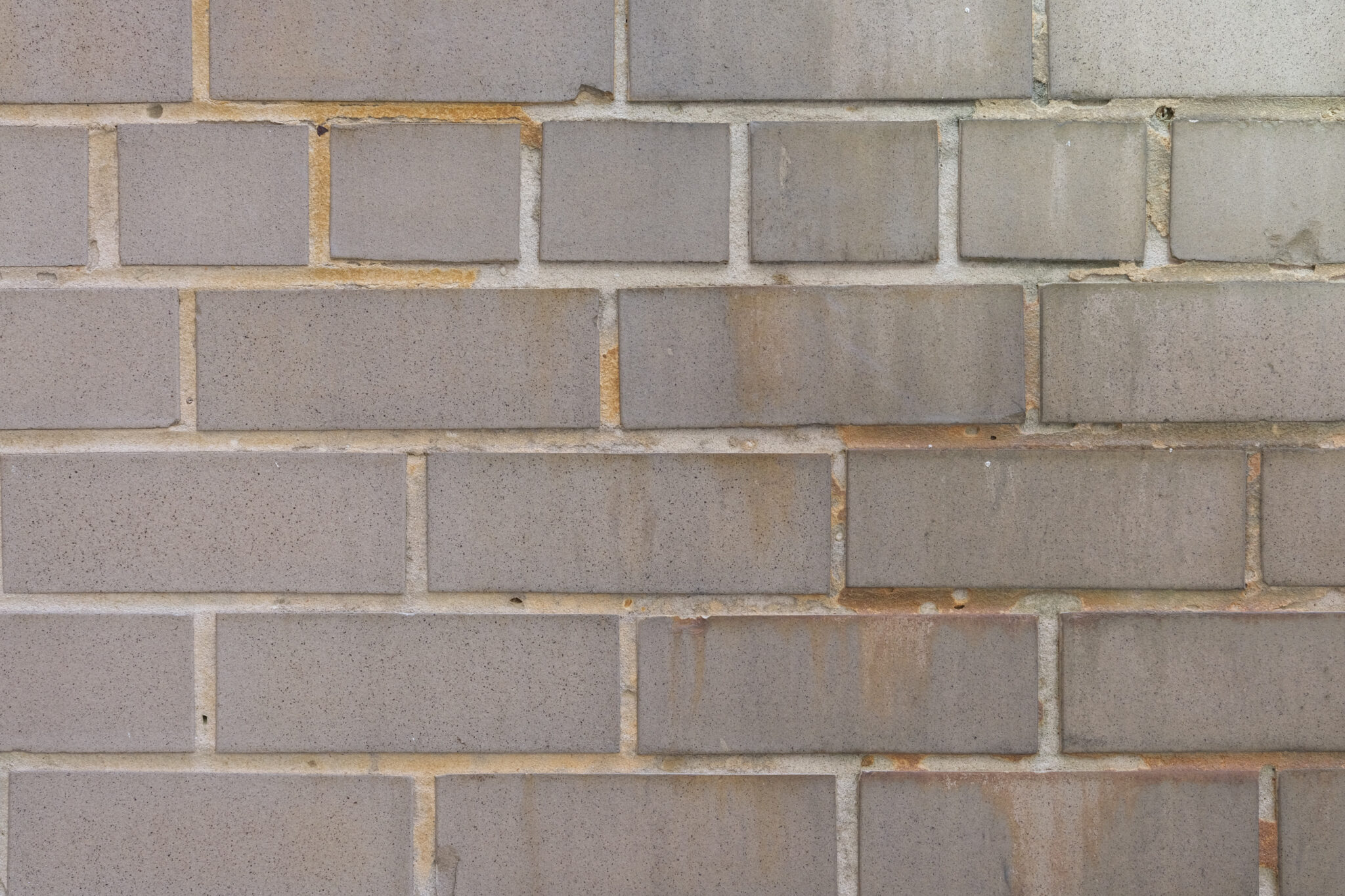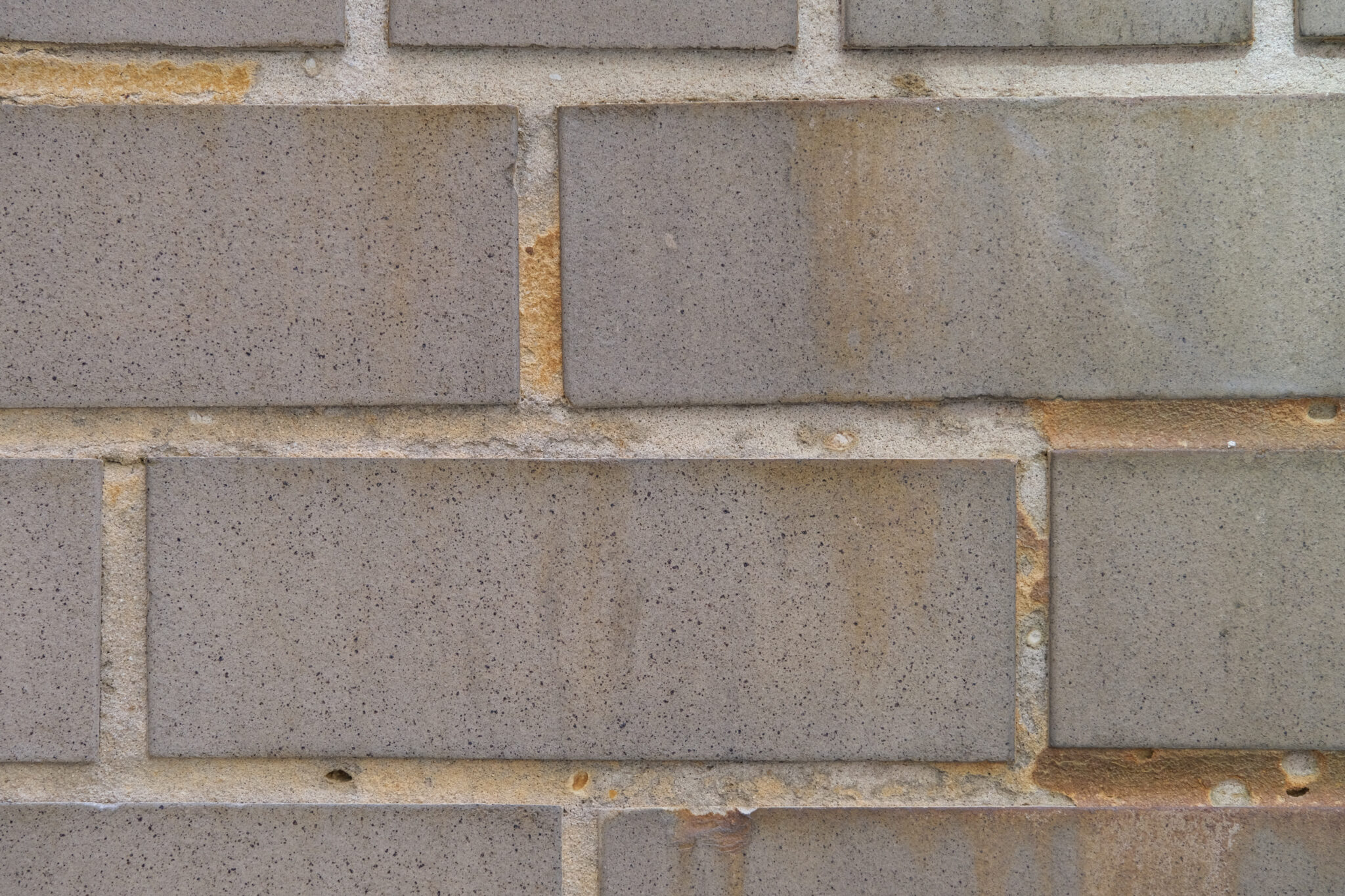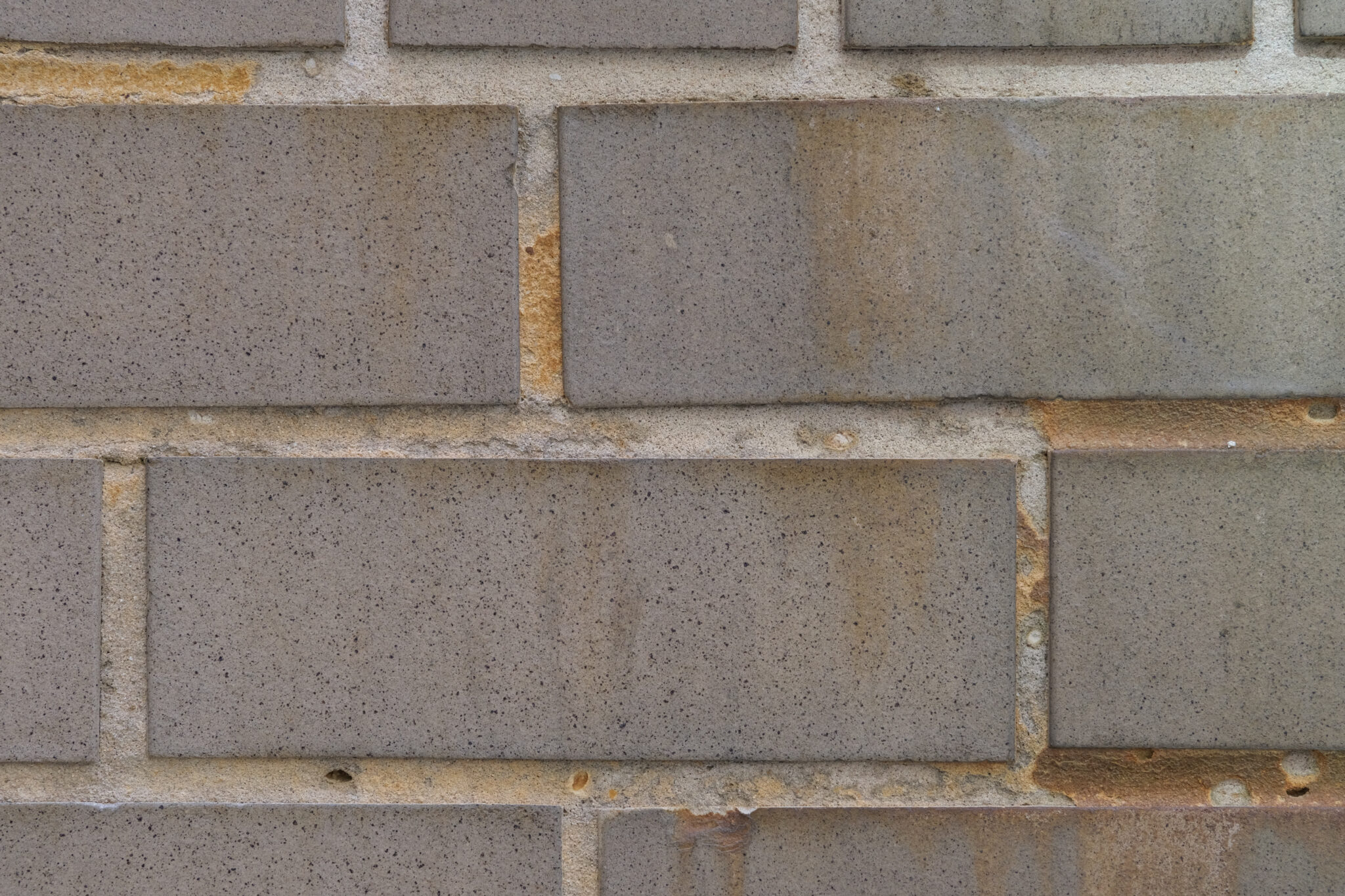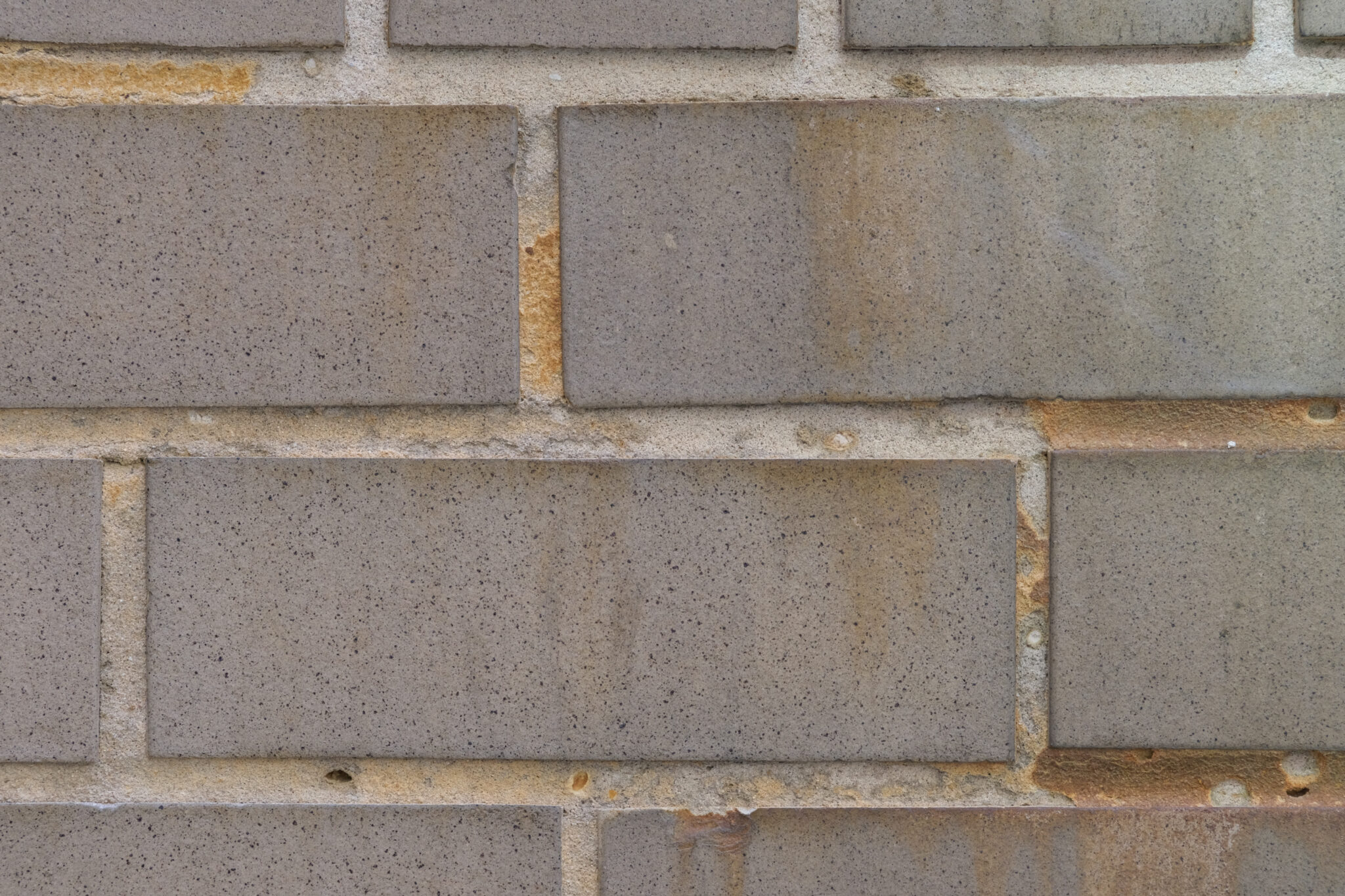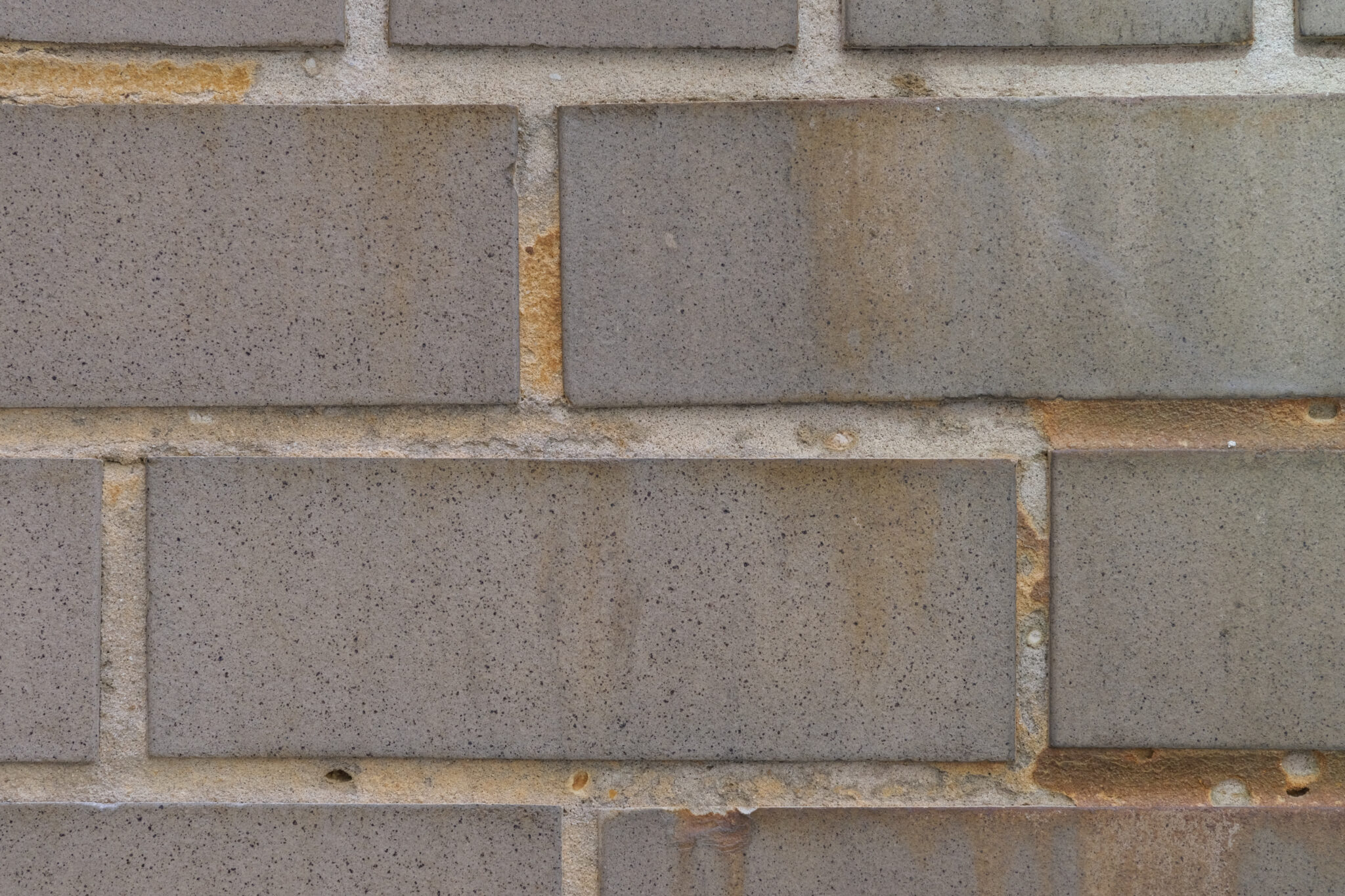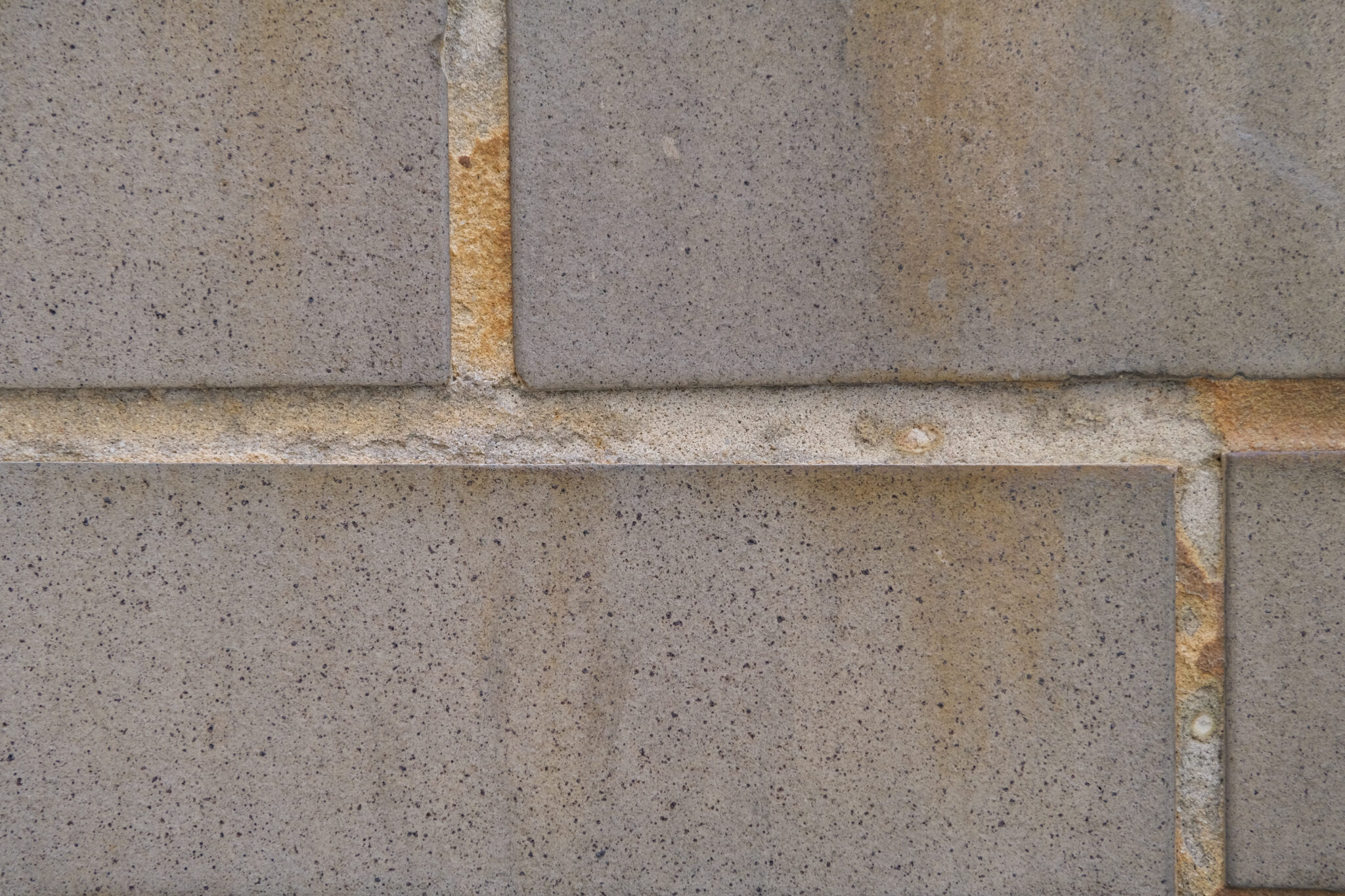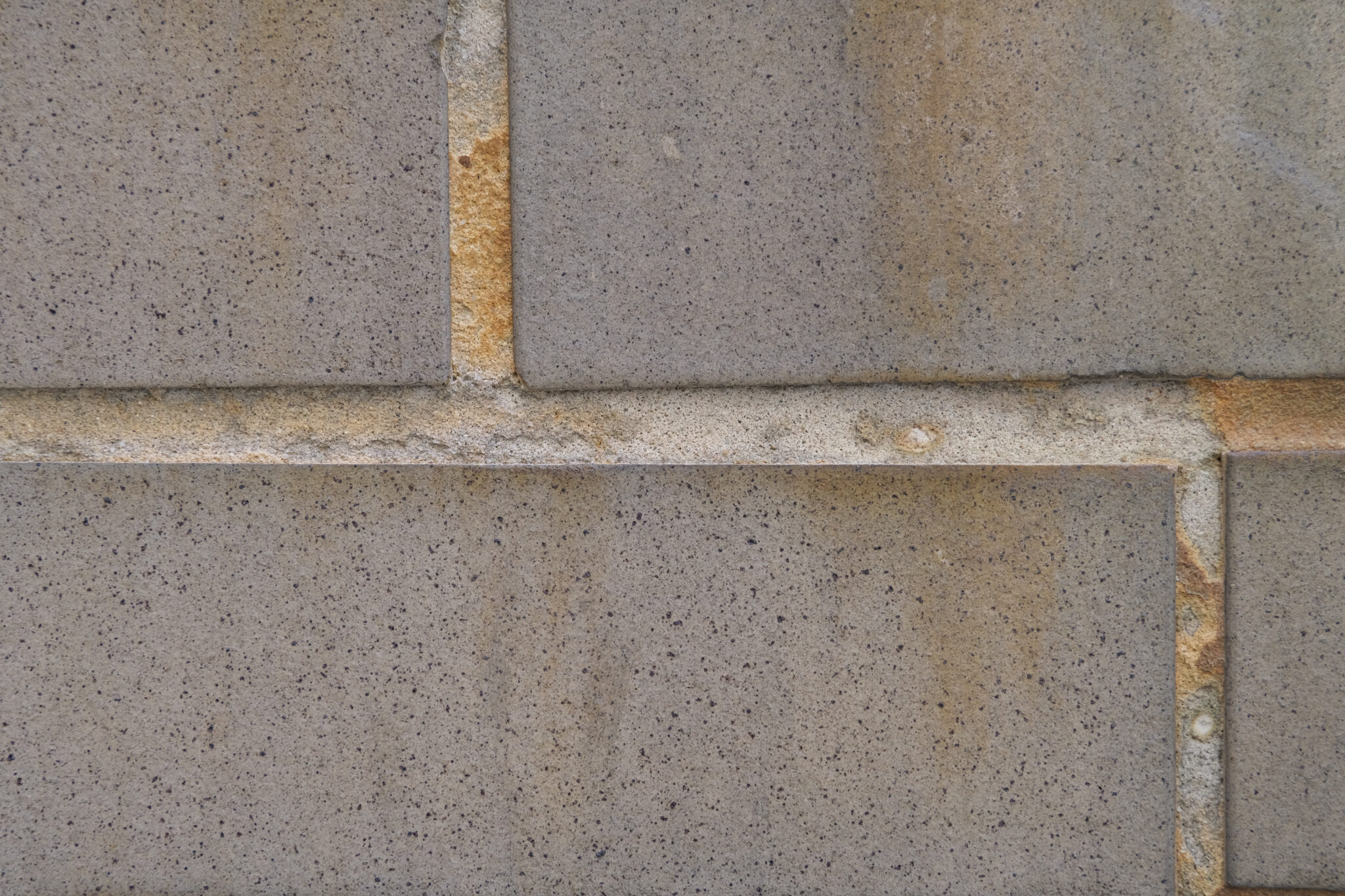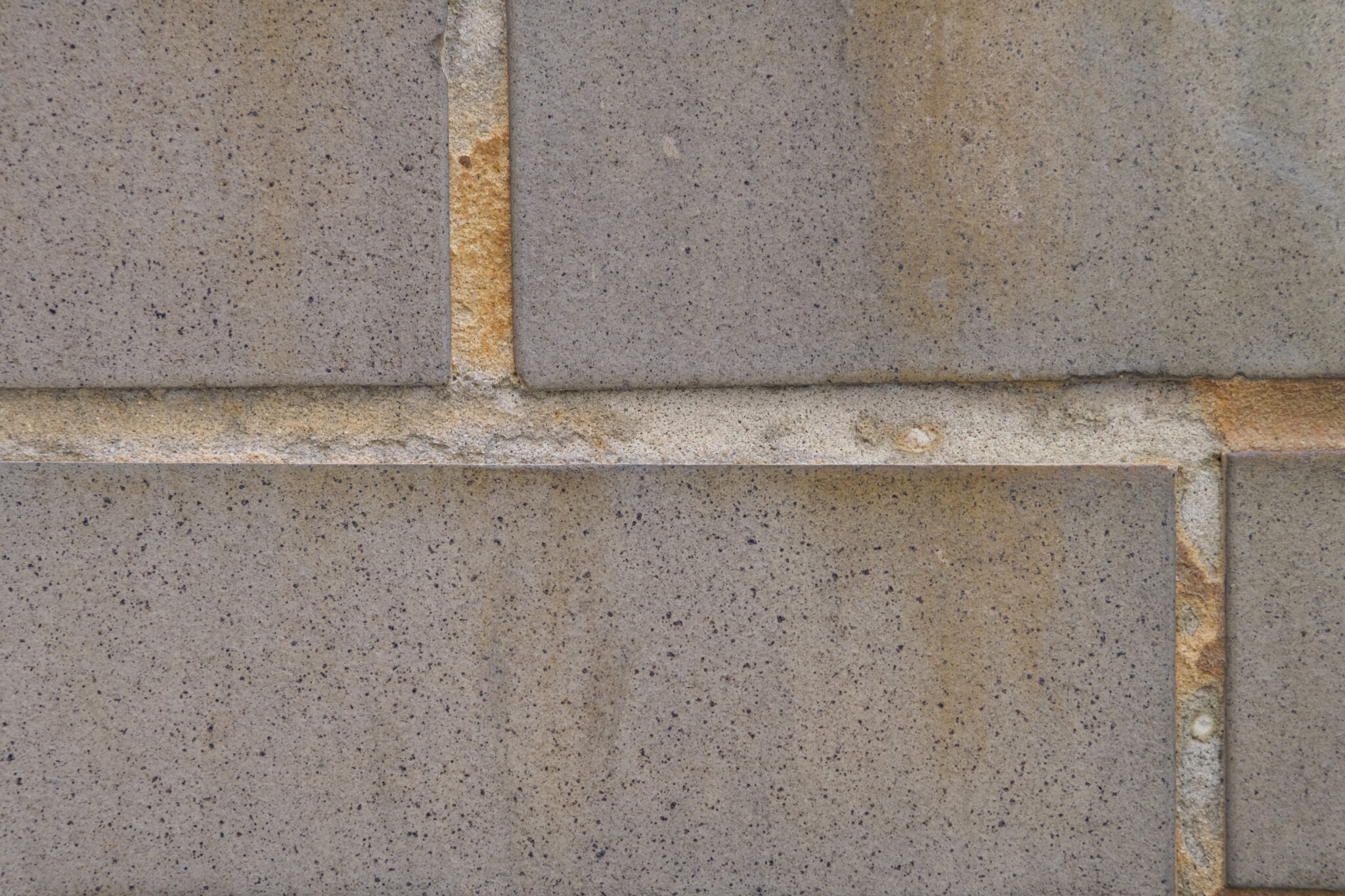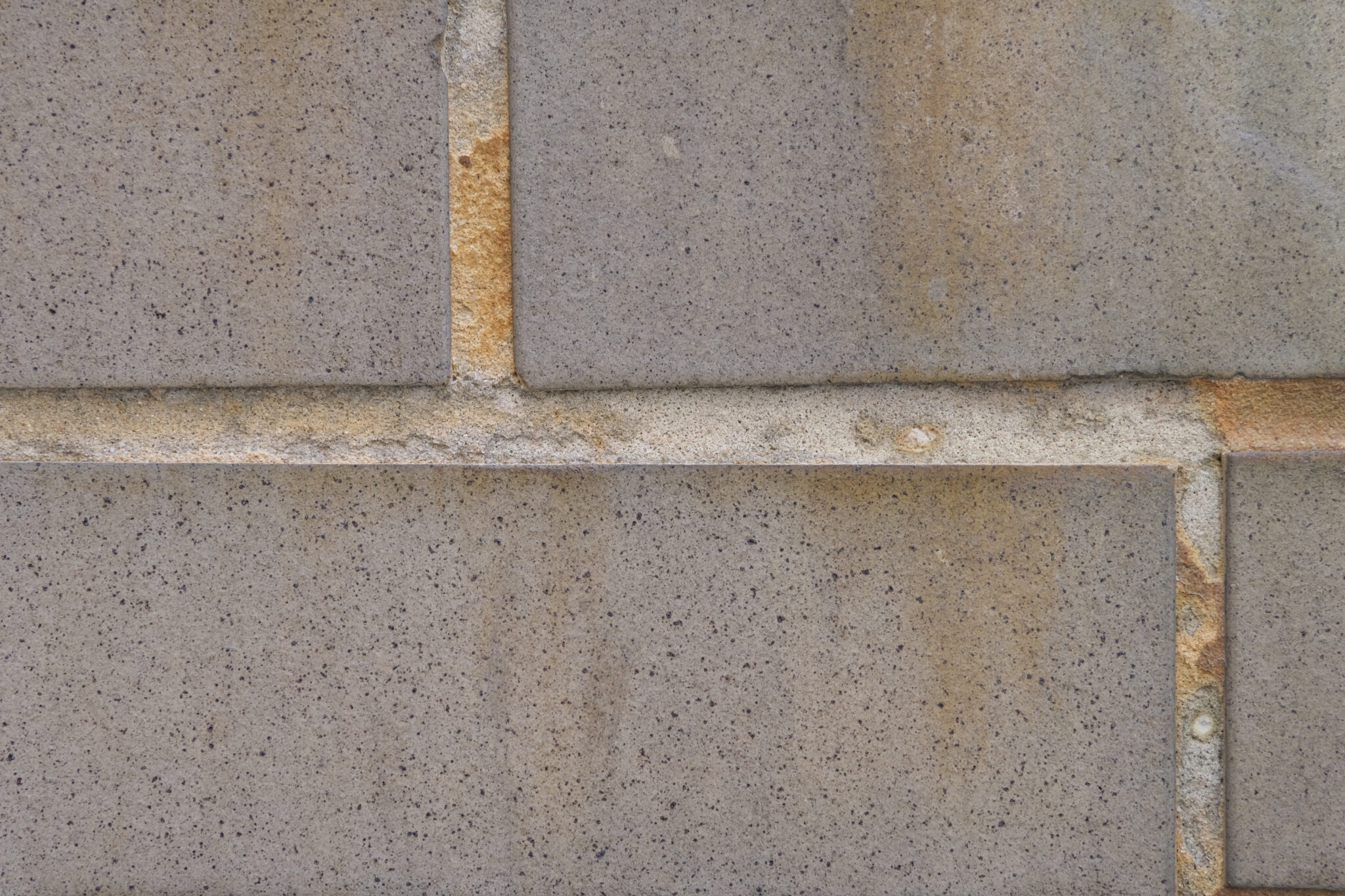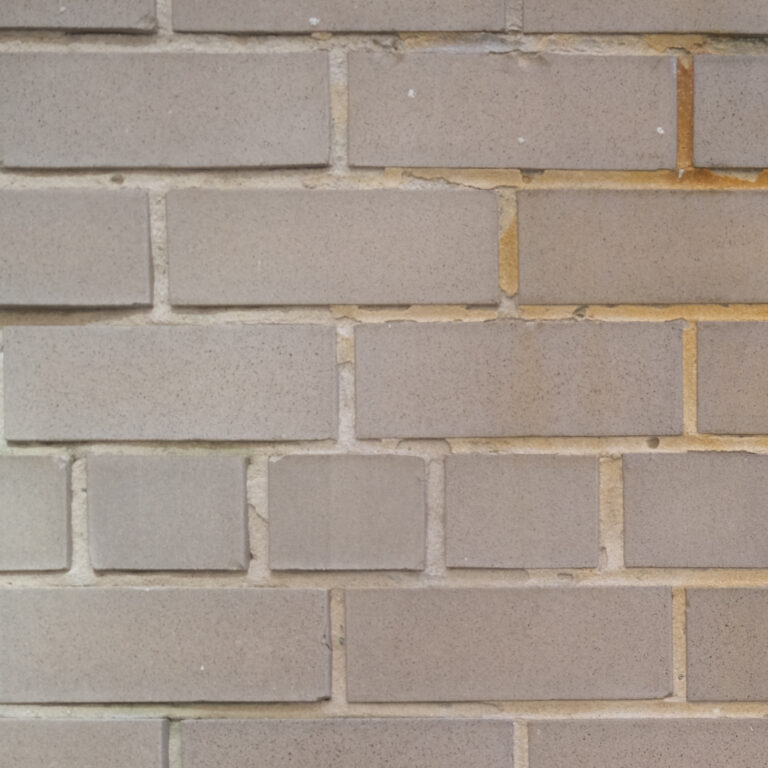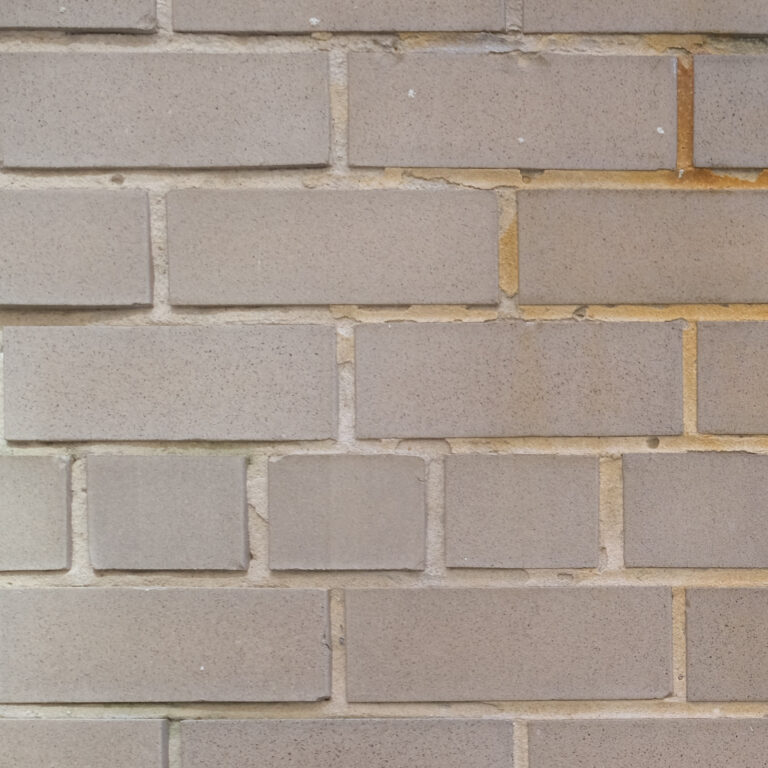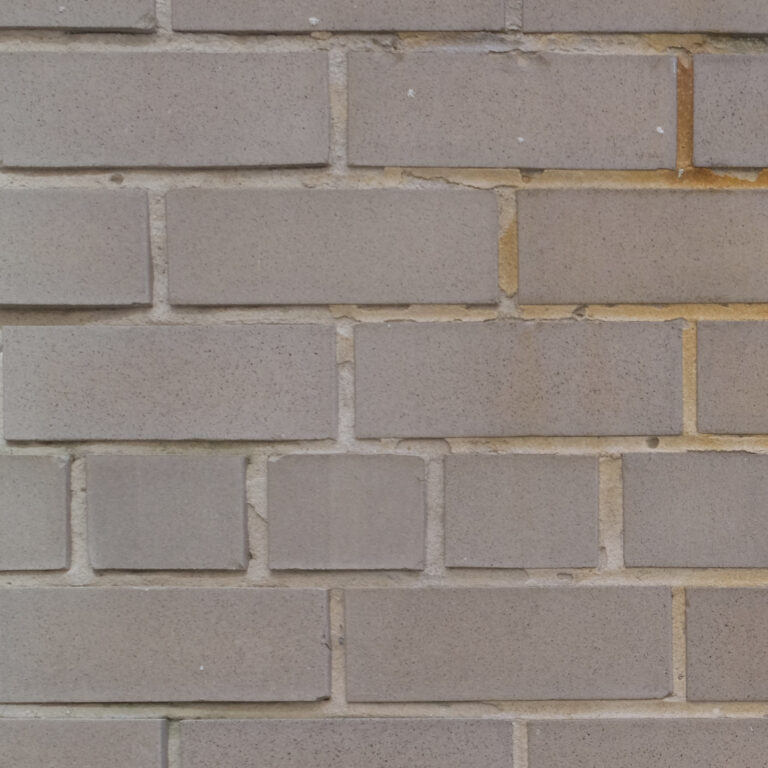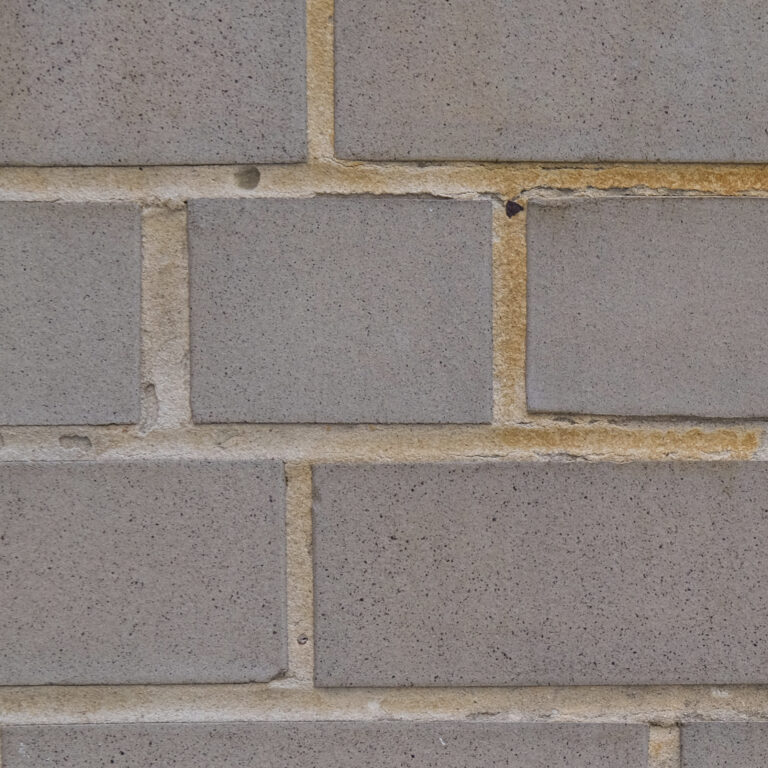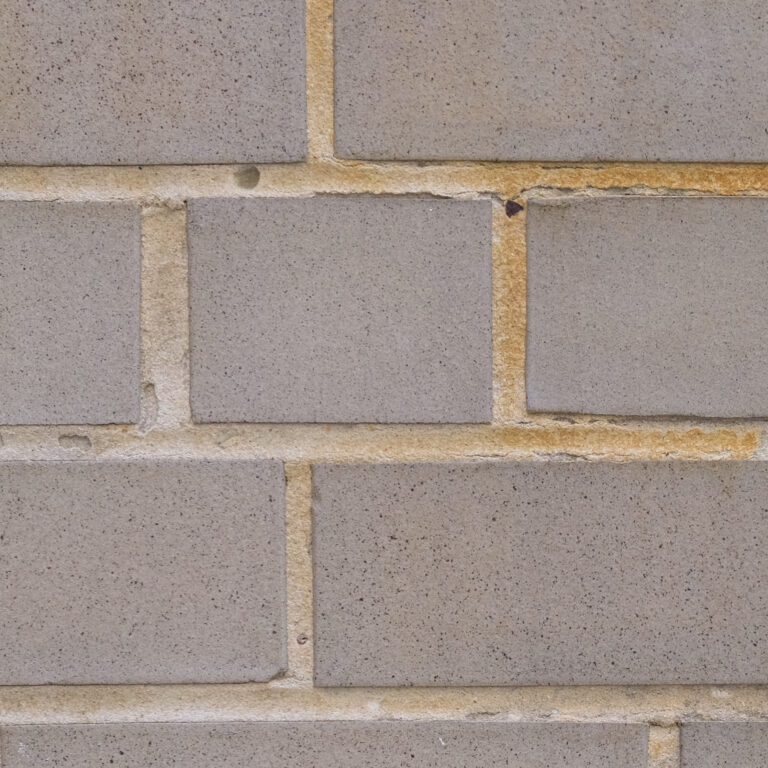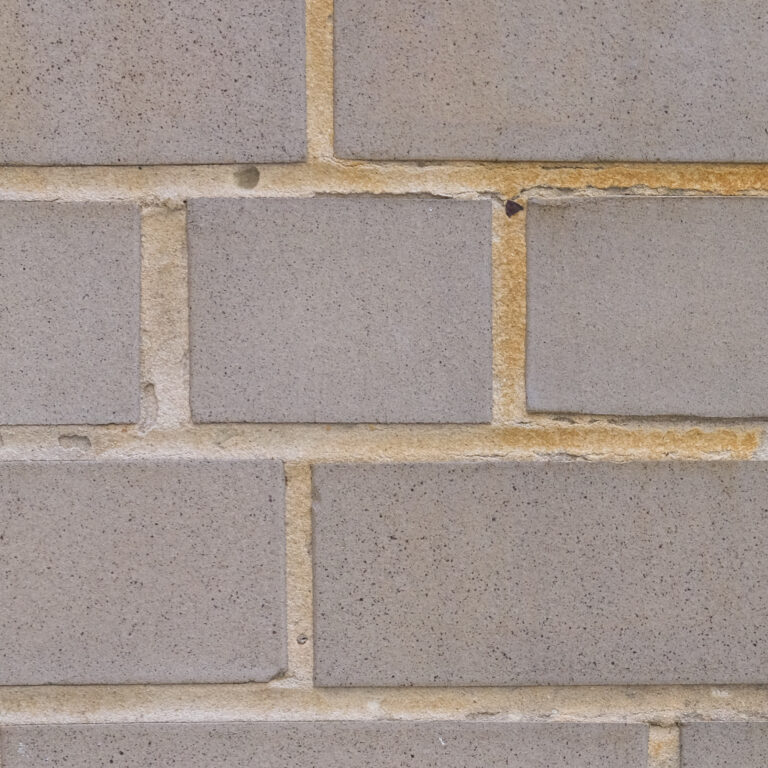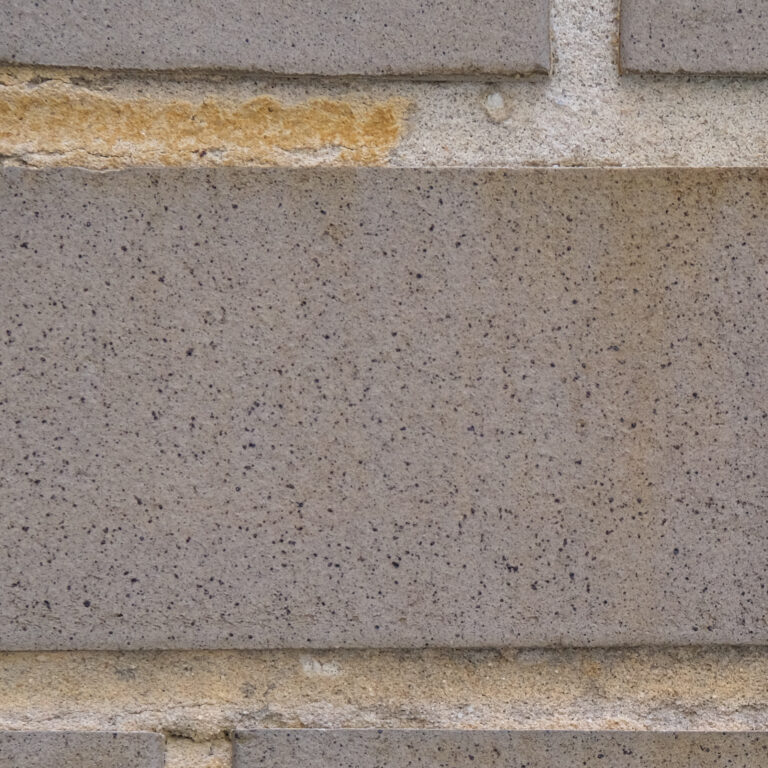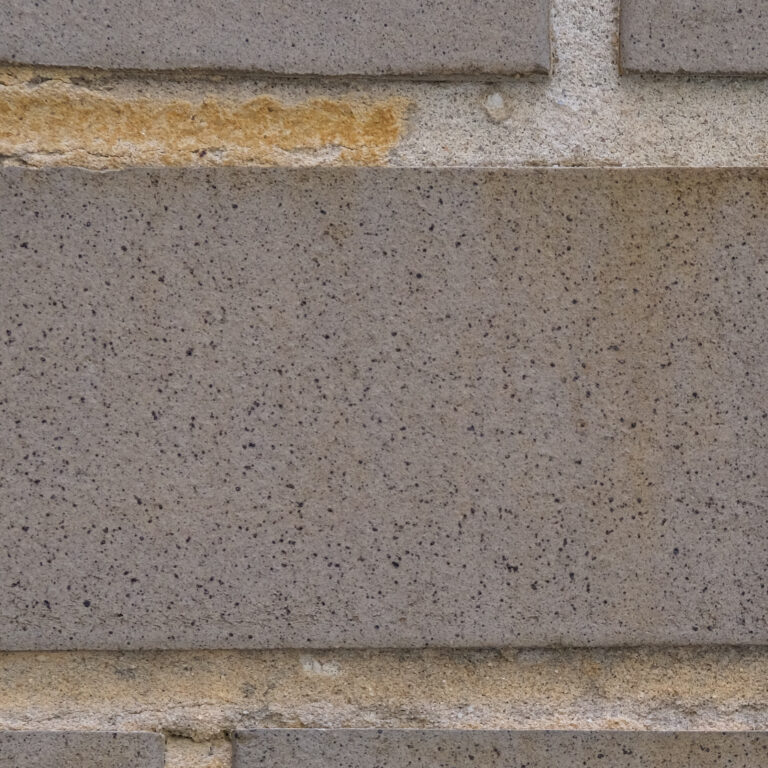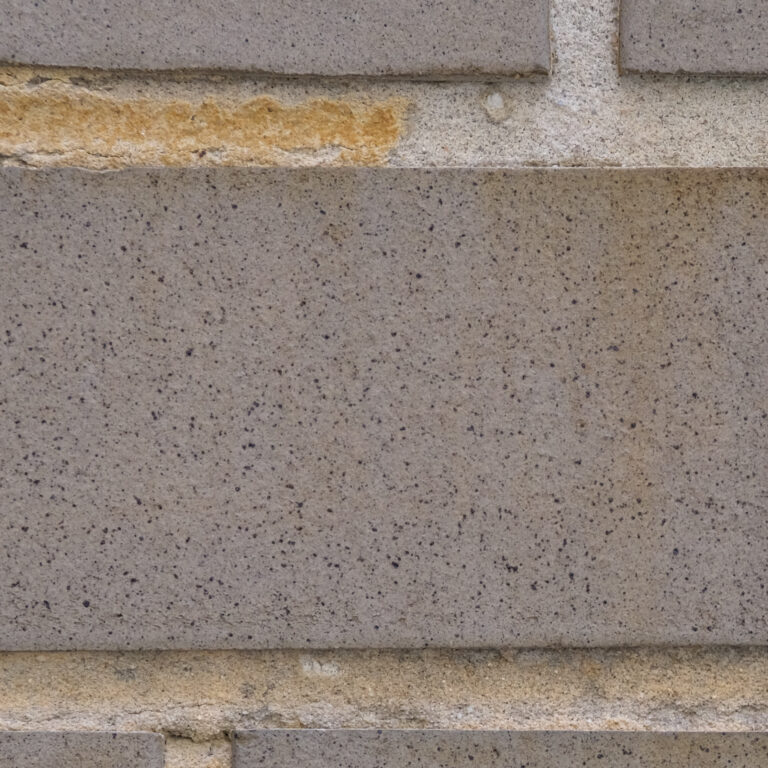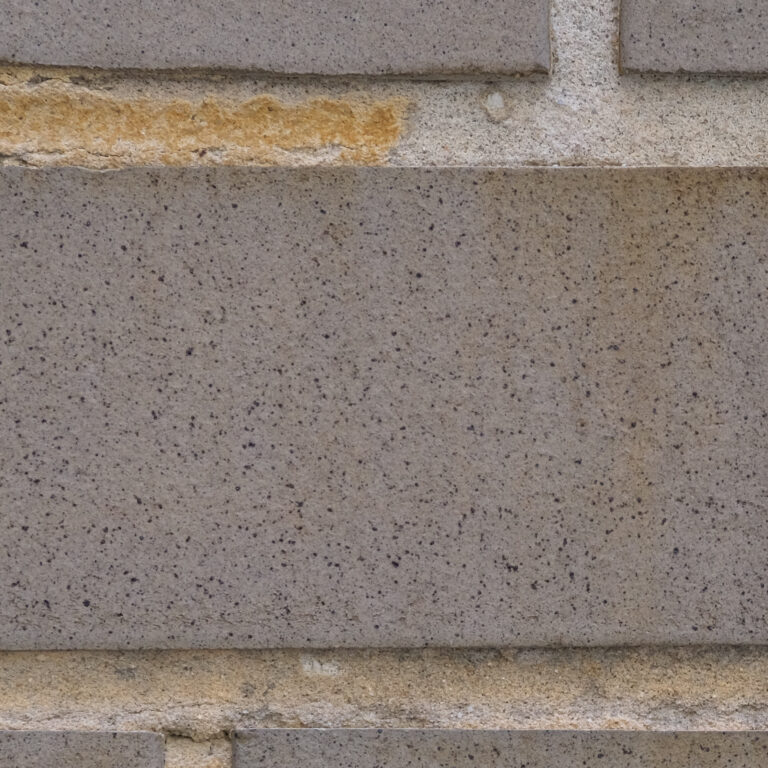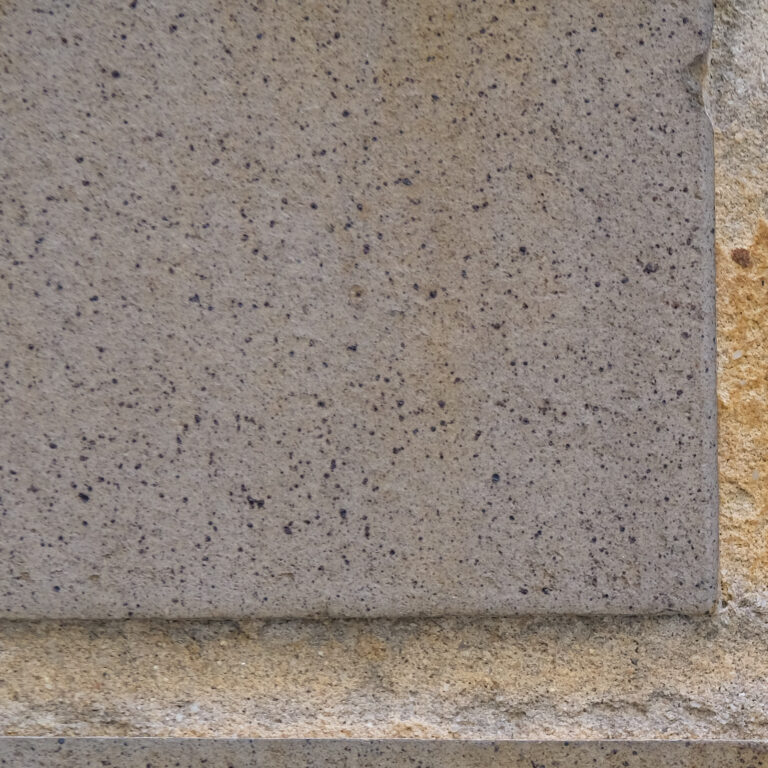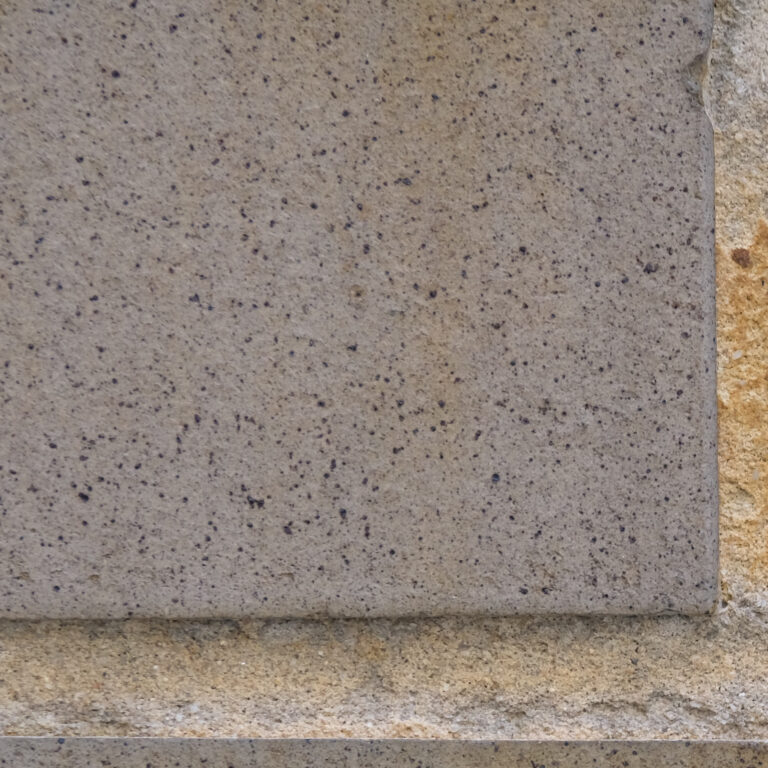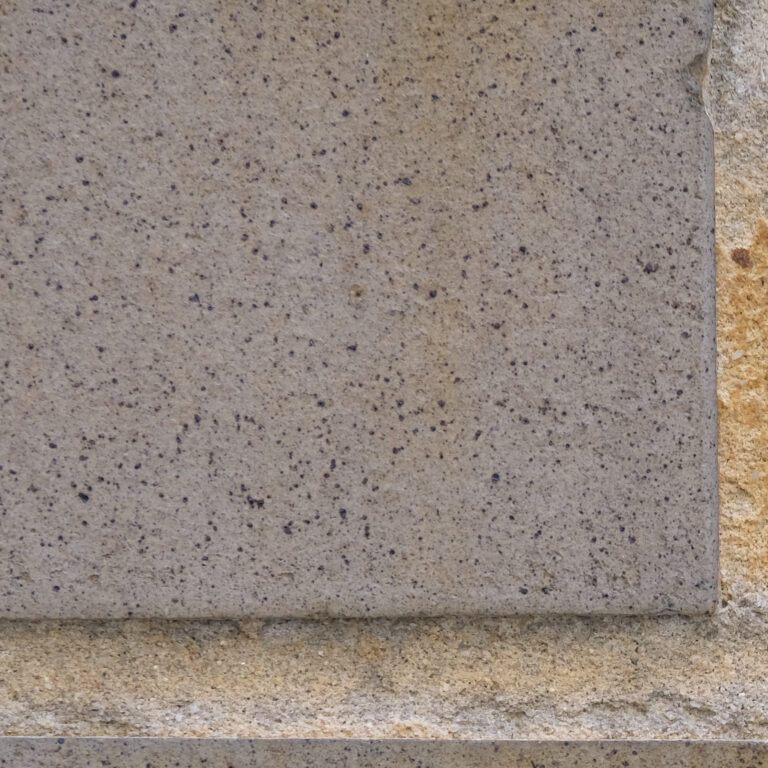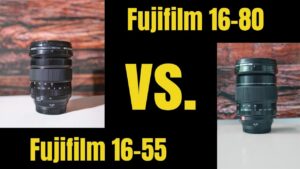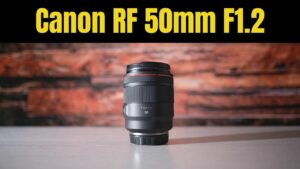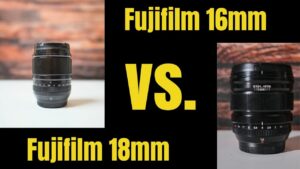Quick Facts about the Fujifilm XF 18-120 F4 LM PZ WR Lens
- Weight: 1 lb/470 Grams
- Weather Sealed: Yes
- Filter Size: 72mm
- Angle of View: 76.5 Degrees to 13.5 Degrees
- Focusing Distance: 2’/.60m
- Max Aperture: F4
- Minimum Aperture: F22
- Image Stabilization: No 🙁
- Mount System: Fuji X
- Price: $899
- Zoom: Power Zoom; Internal
Quick Facts about the Fujifilm XF 18-135mm F3.5-F5.6 R LM OIS WR Lens
- Weight: 1.08lb/490 Grams
- Weather Sealed: Yes
- Filter Size: 67mm
- Angle of View: 76.5 Degrees to 12 Degrees
- Focusing Distance: 1.48″/45cm
- Max Aperture: F3.5 (At 18mm)
- Minimum Aperture: F22
- Image Stabilization: Yes 🙂
- Mount System: Fuji X
- Price: $899
- Zoom: External
Table of Contents
Who are the 18-135 and 18-120 for?
Within the XF-ecosystem, there are two super-zoom lenses that are native and made by Fujifilm. The 18-135 is one of Fujifilm’s earliest releases, the 18-120 is one of the most recent (2022), and recently Fujifilm has been re-releasing certain earlier models of lenses, too. The 18mm, 23, and 56mm all come to mind….
According to the marketing department, the 18-120 was actually not meant to be a replacement for the 18-135. You will see that they focus on video specifications, such as the zoom rocker, faster autofocus, and it will lack typical photography features such as sharpness.
Meanwhile, the 18-135’s primary focus is the one-lens-rules-all. At its release, it was one of the few Fujifilm zoom lenses that contained OIS. (Particularly problematic when the XF bodies did not contain Internal Body Image Stabilization until 2018.)
But….. I think there should be a debate on these lenses, as I do believe that the 18-120 did indeed replace the 18-135.
The 18-135 contains OIS; the 18-120 has a constant F4 Aperture.
The 18-120 has a field of view of 76.5 to 13.5 degrees. The 18-135 has a field of view of 76.5 to 12 degrees.
Spoiler alert: Both lenses have potential compromises: The audible motor noise on the 18-120 and the sticky zoom ring on the 18-135 certainly come to mind.,…
Finally, both lenses retail for $899.
I think both the 18-120 and 18-135 are for people who want the one-lens-to-rule-them-all aka don’t-want-to-change-lenses approach, and are a perfect pairing with one of the prime lenses below.
What other Fujifilm lenses cover the 18-120 (APS-C)/27-180 (Full-Frame Equivalent?)
Because of this long zoom range, there are seemingly a never-ending amount of XF lenses that cover a similar length. I am going to attempt and write the skinny for each lens here, but if you want additional information, please see the full reviews.
Zoom Lenses
- Fujifilm XF 16-55 F2.8
Everyone’s favorite red-badge. The standard 24-70 F2.8 (Full-Frame equivalent) is the best performing zoom lens in this focal length. However, it is similar to this lens in the exclusion of OIS. And is the image quality really that good?
One of my least favorite lenses, the 16-80mm F4 always disappointed in regards to image quality. I think it’s a direct competitor to this lens.
- Fujifilm XF 18-55 F2.8-F4.0
The standard kit lens. A used copy can be purchased for around $300.
A beast. This lens is the best performing Fujifilm telephoto lens, period. Is it a bit expensive? Yup.
The telephoto equivalent of the 18-55, the Fujifilm 55-200 can be found for sub-$400.
It struggles past 130mm.
Prime Lenses
An instant classic. The XF 23mm f1.4 WR is sharp, has beautiful sunstars, and its bokeh is magical.
Everything I said about the 23mm, but at the 33mm f1.4 ‘s focal length.
- Fujifilm XF 50mm F1
One of the few F1 lenses in the world that also has autofocus. However, with that 75mm FF focal length, you are going to have a very shallow depth of field.
- Fujifilm XF 56mm F1.2 WR
A refresh of the original 56mm f1.2. This lens is now weather-resistant and has a closer focusing distance. (50cm)
- Fujifilm XF 90mm F2
It’s weather resistant, has pretty fast autofocusing speeds, and is a valuable focal length for portraits. (Full-Frame = 135mm)
Dials, Switches, Buttons, and more!
The 18-120 certainly has a lot more buttons, dials, and switches than the 18-135.
On the 18-135, we have the
- OIS – On/OFF
The OIS allows you to turn off the optical image stabilization on the camera lens, instead of searching through the Fujifilm settings. Interestingly, this was one of the buttons that the newer Fujifilm lenses lack. Newer zoom lenses such as the 16-80 and 70-300 (which both contain OIS) do not have this switch.
- Aperture Mode Switch
If you turn this switch to A, you can choose to program a button or dial on the camera body, and use that to change the aperture. Personally, I use the front command dial. (This is very similar to PASM cameras.)
- Manual Focus Zoom Ring
Meanwhile, the 18-120 contains numerous buttons, dials, and switches…. but many of them actually do the same exact thing.
- Manual Focus Ring
It has a long throw
- Zoom Ring (Electronic)
The 18-120 zoom ring is electronic, which creates a different feel compared to the 18-135. You only have to actually move it a little bit, and it will automatically turn from 18mm to 120mm.
- Zoom/Focus Control Ring (“The Zoom Rocker”)
Instead of using the zoom ring, I would recommend using the zoom rocker.
- Zoom Buttons
The zoom buttons automatically start and stop the zoom feature of the 18-120. To stop mid-way through the zoom range, press the buttons again.
- Zoom/Focus Button
Build Quality Review
Given that the lenses were released eight years apart from each other, you would think that the build quality might have changed drastically. The basic material composition of these lenses have changed (I would say the 18-120 has a much more plastic-y feel), but the overall build quality should not cause concern for most.
Both lenses are weather-resistant, but one is an external zoom while the other contains an internal zoom.
Here were three things I noticed about the 18-120 vs 18-135.


Sticky Zoom vs Noisy Zoom
The 18-135 has a pretty noticeable sticky zoom around 100mm, so much so it sometimes felt like there was a hard-stop around the 100mm.
As I scoured the reviews, I realized that this was actually common within the 18-135, so it wasn’t just me.
Meanwhile, the 18-120 has a pretty noisy zoom, too. Although this lens is supposedly made for video work, the audible zoom noise means you will be less happy if you work in quiet environments.
Material
I found the overall material of the 18-120 to be a bit less, and I think the focus and emphasis on plastic for this lens was due to the size. After all, it was an internal zoom, which created a longer lens, and due to engineering, weight needed to be decreased somewhere.
Now, the 18-135 is not one of the better-built lenses (that belongs to red-badge), but it’s good enough.
The only other difference I found interesting was the paint. I am not one to complain too often, but I thought the 18-120 might become more susceptible to scratches due to the paint used. The paint on the 18-120 has a higher sheen, too.
Aperture Ring & Barrel Markings
My final gripe about the overall build quality are the aperture rings (And lack there of). Again, both lenses have potential compromises.
On the 18-135, the aperture ring had an audible clicking sound. Plus, it lacked a marked aperture ring. The 18-120 just lacks an aperture ring.
Finally, I never quite knew which focal length I was using with both of these lenses. The 18-120 does not even have the markings, and it lacks a display on the older XT models.
Sharpness Test
You are not going to be impressed with the 18-135 in regards to sharpness. However, there were just two interesting things I found about the 18-135 and sharpness.
- The 18-135 performs better on the longer-end than the wider-end in regards to sharpness.
- Also, it’s interesting that F6.4 was sharper than around F8.
From the corner-test, I found the following results for the 18-120.
- 18mm
Unfortunately, the corners on the 18-120 struggle even more than the center. From my eye, I don’t even see how stopping down affected the image quality.
I would go as far as saying, if you plan on using the wider-end of this lens for photography, don’t.
- 35mm
A very much welcomed improvement in image quality/sharpness. The lens does start degrading around F11. And F4 performs better than F11.
- 80mm
At 80mm, the 18-120’s F4 and F11 look the same. However, it performs better at F5.6 and F8.
- 120mm
Sure, it still does not perform as well as it did at 35mm or 80mm, though.
In conclusion:
- Both lenses performed better on the long-end over the short-end.
- Neither has great image quality, and you will have to add extra sharpness for the corners. (Doable with a mask in Lightroom and Capture One)
- There is not a huge improvement in stopping down, as this is only a few stops away from the initial aperture.
- Degradation starts around F11.
Bokeh Test
By far, the 18-120 won the bokeh competition. The ability to reach an aperture of F4 along with the pleasing transitions just made for a better experience. (This is despite the difference in focusing distances… about two feet vs one-and-a-half feet.)
Bokeh Balls
Similar to the bokeh balls competition, the 18-120 has better bokeh balls. This isn’t due to the amount of aperture blades (both lenses have seven), but rather the optical lens design. (Although again, they are very similar.)
The 18-120 has three extra-low dispersion, three aspherical, and a few other glass elements to combine into 15 different elements with 12 different groups.
Meanwhile, the 18-135 has two extra-low dispersion, four aspherical, and some other elements to combine into 12 different groups with 16 different elements.
Video Autofocus
As evidenced, both lenses are fast enough for most video autofocus work. But I found the 18-120 just a bit more confident at tracking the face at different focal lengths and apertures.
Macro Performance and Focusing Distance
Neither of these lenses will restore your confidence in the XF ecosystem’s Macro lineup. But simply put, these lenses were not designed with macro photography in mind.
Focusing Distance
The 18-120 has a minimum focusing distance of 2 feet/.60 meters.
The 18-135 has a minimum focusing distance of 1.48 feet/.45 meters.
Macro Reproduction Ratio
18-120: .2x
18-135: 0.27x
Sunstars
I love the sunstar/starburst effect of the 18-120, and it makes every photo you can take with that effect very unique.
The 18-135 cannot hardly produce sunstars, even at F22.
Other Trade-Offs
OIS vs. No OIS
With the 18-135, we have a semi-effective OIS system, and it probably rates for about 4 stops or so of OIS. I found that I was able to photograph down to about 1/10s with a focal length of 135mm. That’s very impressive.
This might become less important as every new Fujifilm body for the X-T and X-H lines since the X-H1 contain some sort of effective internal stabilization.
Image Warping on the 18-120
Fujifilm touted the 18-120 to be a video-first lens, but it failed in two different ways.
First, is the audible motor for the power-zoom. Second, there is some weird image warping as you zoom throughout the lens.
The 18-120 is a good product, but sometimes it felt like the entire lens was half-baked.
Aperture Change vs No Aperture Change
Comparing these lenses, it’s about trade-offs. But in regards to the aperture, there is really no competition.
Fujifilm advertises that the 18-135 has an aperture of F3.5, but they failed to announce that by 20mm, the aperture is already at F4. And by 26mm, the aperture is F4.2.
I might argue that this is false advertising (it’s technically not), but think about this. (It’s a bad way to explain, but with the X-T4, you can have
4 Stops of Correction of IBIS (+4), 1 Stop of OIS helps (+1), with an aperture of F5.6 (-1) = 5 total stops of light
OR
4 Stops of Correction of IBIS (+4), an aperture of F4 (+1 stop more than F5.6) = 5 total stops of light
At which focal length does the aperture change on the Fujifilm 18-135?
18mm | 19mm | 20mm | 26mm |
@F3.5 | @F3.6 | @F4 | @F4.2 |
29mm | 35mm | 46mm | 55mm |
@F4.3 | @F4.5 | @F4.7 | @F5 |
62mm | 83mm | N/A. | N/A. |
@F5.3 | @F5.6 |
Why should I pick the 18-120 over the 18-135?
- Autofocus
- It’s a fun lens
- Sunstars
They are just better, period.
Why should I pick the 18-135 over the 18-120?
- Have an older XF Body that does not have IBIS
If you don’t own a XF body that contains some sort of stabilization, it might make sense to purchase the 18-135.
My Final Ratings
Fujifilm XF 18-135mm
Price: 3/5
Losing two points as it is three hundred dollars too expensive at MSRP.
Reliability: 2.5/5
It’s going to lose 1 point for sharpness. Meanwhile, it also lost an entire point for autofocus struggles. Finally, it loses .5 point for general reliability concerns.
Functionality: 3/5
Because it is imperative for this lens, the 18-135 lost an entire point for the sticky zoom ring. Additionally, -1 point for already being at F4.5 at 35mm. That’s too far into the zoom range.
Style: 4/5
I hardly vent about style, but I was kind-of disappointed in the 18-135. It just did not give the same old but nice feel that other XF lenses offer. There is no marked aperture ring (not a big deal), but the zoom ring seemed to collect dust. (-1 Point)
Total: 12.5 or 62.5%
Fujifilm XF 18-120 F4
Reliability: 3/5
This lens is missing points for numerous reasons.
- Not being able to use the wider-end for photography.
- The weird warp and distortion when using the power-zoom.
Functionality: 4/5
Not being able to see the focal length or use the full menu to enable the power-zoom means that Fujifilm users will be stuck upgrading to the newer bodies.
Style :4/5
The black paint does not leave fingerprints. However, it lost some points due to this paint is actually very easy to scratch.
Total: 15.5/20 or 77.5%

